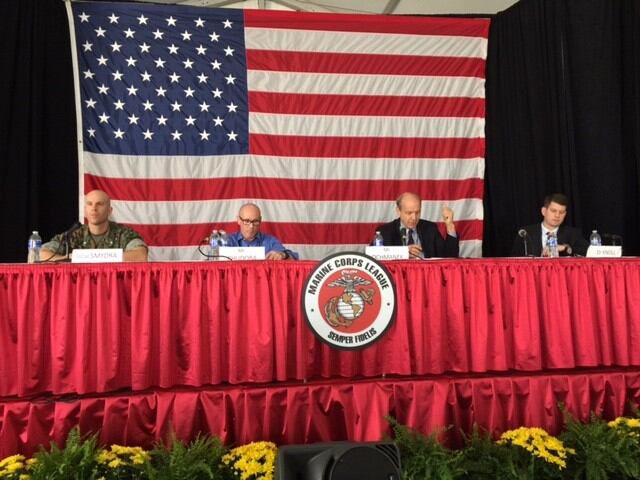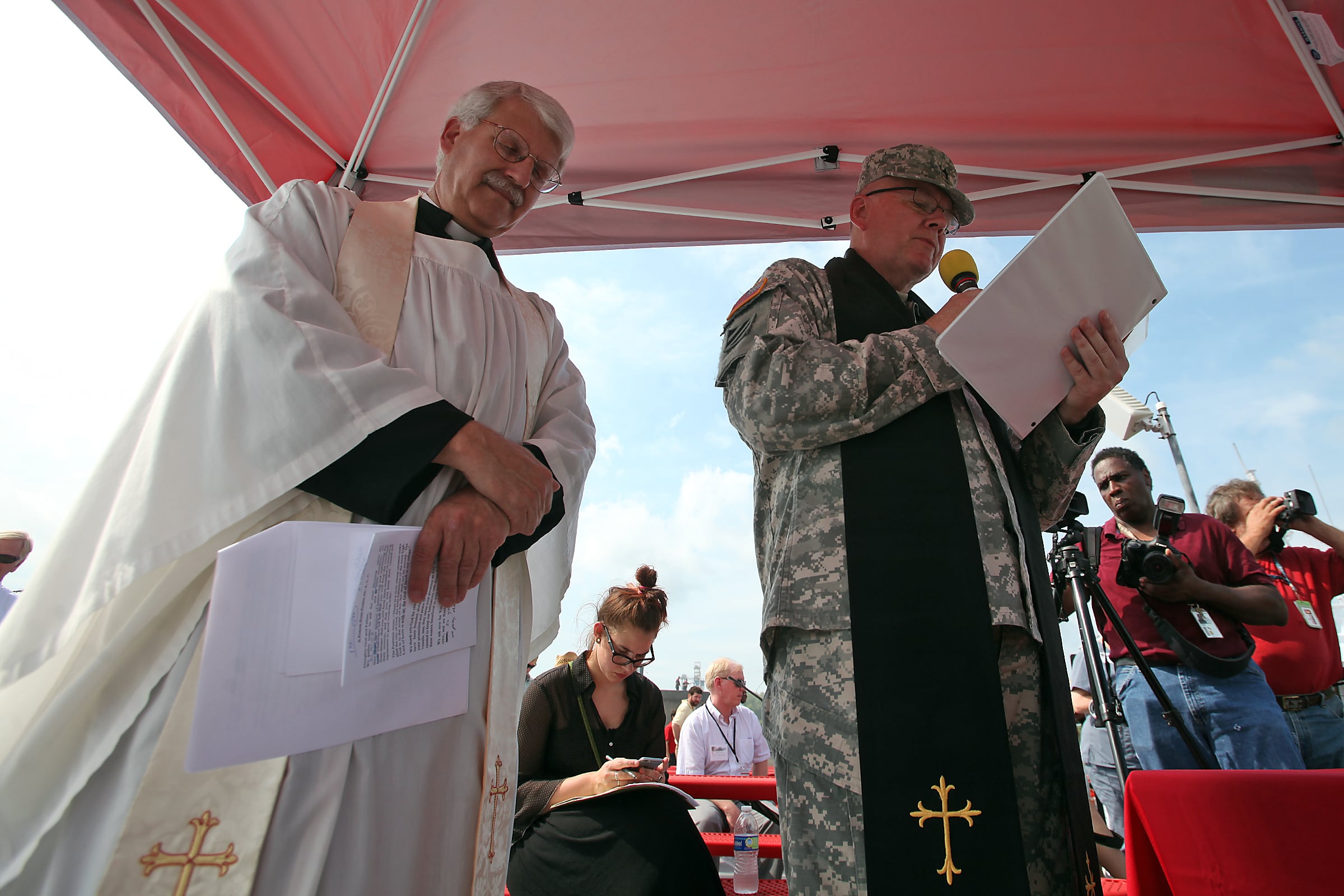For decades, Marines who were tasked with the job of building anti-terrorism plans for their unit events, be it training, a Marine Corps birthday ball or a charity 5K race on their base, had to fall back on brief, standardizing training and had little, if any, way to access up-to-date information on potential threats.
An overhauled anti-terrorism program now gives the officers and staff noncommissioned officers a dial-up resource to understand real, recent and relevant threats when planning those events.
The “threat fusion cell” is a newly created team that gives Marine anti-terrorism entities and police a centralized nucleolus that can deliver information on suspicious activity reporting and the also new Marine Corps Insider Threat Program, Anti-terrorism Section Head Jason Towle told Marine Corps Times.
The new initiatives arrive alongside a revamped anti-terror program that made modifications to policy, training, management and resource management, he said.
RELATED

For example, the previous order outlining the program came in at 26 pages. The new one is nearly five times longer.
The fusion cell creates a “share point site” that’s within the Naval Criminal Investigative Service’ existing Multiple Threat Alert Center.
“For the first time ever, Marine Corps units can sign in and go to the threat fusion cell page and submit a request for information,” Towle said.
The cell will provide threat information sharing, indicators and warning, liaison to the Marine Corps Insider Threat Program, intelligence analysis and research, investigation support, suspicious activity reporting analysis and summaries, special event threat assessment, surveillance detection and portal training and a force protection notification bulletin.
Marines also use a program called Eagle Eyes, basically a community awareness program that educates Marines, families, employees and civilians on preattack activities that terrorists often employ, said Capt. Karoline Foote, public affairs officer with Marine Corps headquarters.
They encourage individuals to report any suspicious activity through the website: eagleeyes.org
That gives anti-terrorism officers updated information and templates for planning events to meet current threats.
The base level of anti-terrorism training comes in recruit training, but levels two and three dive a little deeper.
The ATO II is a five-day course that trains Marines on how to use the portal, identify what threats they’re looking for and work with threat analysts to pull up previous templates for the specific type of event.
About two years ago Towle conducted a “gap analysis” looking at trends across the anti-terrorism program. Much of that came after he got a call from a captain with the 13th Marine Expeditionary Unit who was trying to do threat planning for the Department of Defense Warrior Games.
“There wasn’t anything out there,” Towle said. “Different units had different spreadsheets but that was it.”
The course revamp standardizes material from across the Corps, giving best practices to be shared and eventually analyzed and updated as threats and methods evolve.
They also have relieved some stress on ATO II recertification. Five days out of the command and travel can tax manpower needs, especially for key personnel.
So now, as long as the ATO II has served continuously in that billet and participated in different threat level groups, they can recertify online.
But also, a new requirement has been added.
Anti-terrorism officers are now required to teach their commanding officers with the anti-terrorism notebook and presentations within the first 120 days of the new commander taking over.
And with the updated policy will come an updated, more detailed review from the Marine Corps Inspector General’s office, Towle said.
“This new (Marine Corps Order) has a lot of horsepower in it,” Towle said. “The new IGMC checklist will have more teeth.”
Todd South has written about crime, courts, government and the military for multiple publications since 2004 and was named a 2014 Pulitzer finalist for a co-written project on witness intimidation. Todd is a Marine veteran of the Iraq War.





